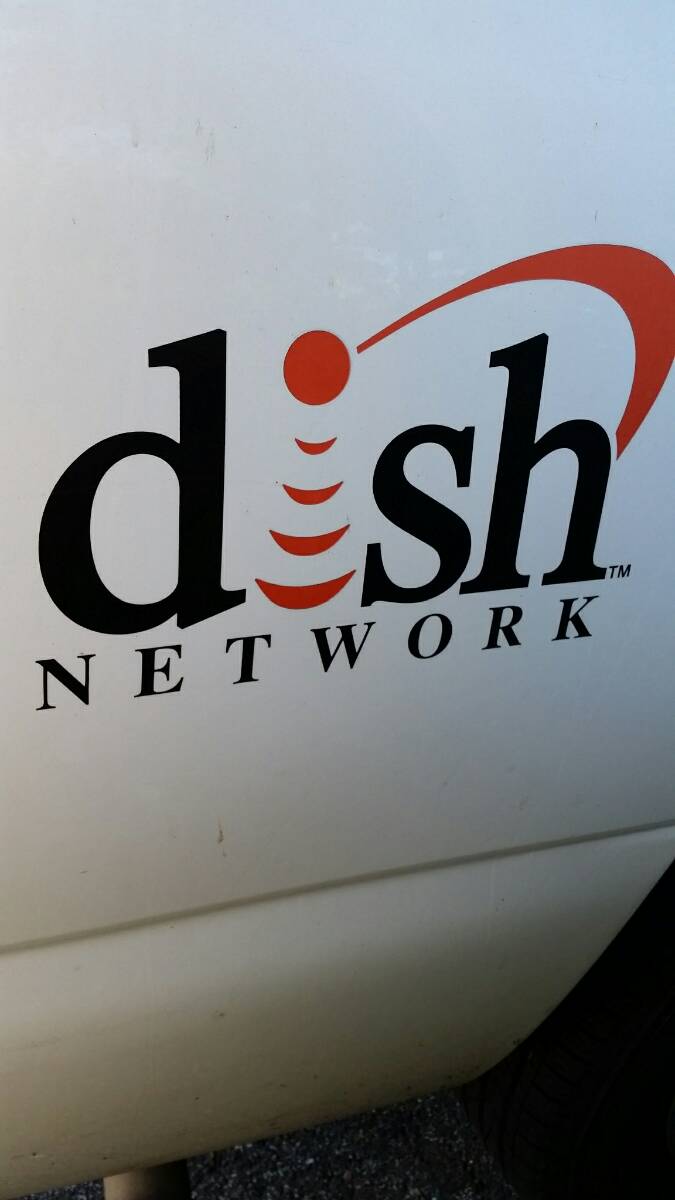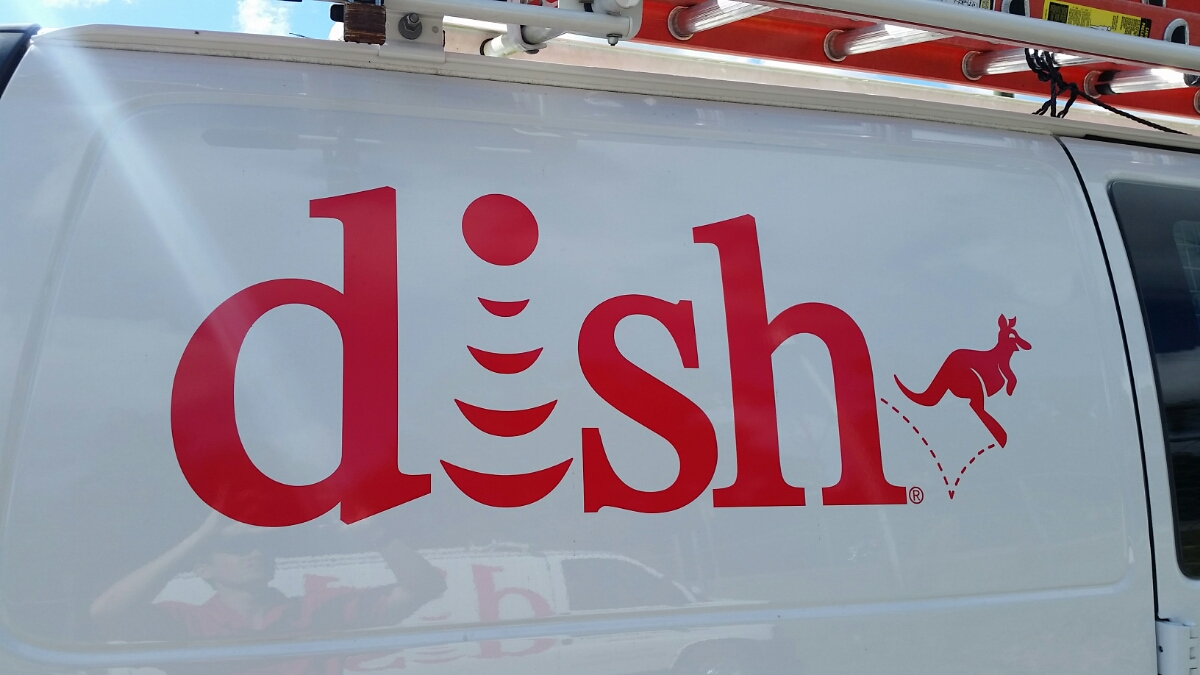Information
-
Work Order #
-
Hughes or VIASAT TC
-
Customer Name
-
Date
-
Your Name
-
Customer Address
-
Previous Tech
Step 1 Pre-Arrival
-
This form is designed to be filled out and submitted while on site. Filling these out off site is not an acceptable practice and may result in disciplinary action.
1.) Preparation
-
Run OVT/SVT (whichever is applicable) prior to arrival at the home.
-
Review the account notes.
-
Contact the customer to status, verify address, secure pets and ensure an adult is present.
Step 2 Meet and Greet the Customer
Customer Confirmation
-
Greet the customer. "I understand you are having an issue with your internet." "Can you show me where the modem is located?"
-
Ask probing questions such as: -Is the issue on all of the devices or just one device? -Is the issue constant or intermittent? -Have you recently moved any of the equipment?
Step 3 Initial Troubleshooting With Customer
Initial Troubleshooting with Customer
-
Attempt to recreate the problem (if possible).
-
Verify all devices are plugged in and turned on, Modem, Router, Computer, Monitor.
-
Ensure all cables (ethernet) are plugged in properly and that the cable going to the modem is solid copper cable.
-
Run OVT/SVT and show the customer the test results.
-
Unplug the devices and test the outlet (ensure the customer has saved any files on the computer and shut it down before unplugging all devices).
-
Take a picture of the outlet tester in the wall.
-
Identify SHS opportunites.
Step 4 Troubleshooting using OVT/SVT results
Troubleshooting
-
Begin troubleshooting by following the OVT/SVT steps, until all issues are resolved.
-
After resolving the issue,run OVT/SVT again. Did OVT/SVT pass?
-
Follow the instructions from the OVT/SVT to resolve the issue.
-
Enter what the specific issue was that was resolved.
-
Take a photo of the issue.
-
Move to final Quick Checks.
Step 5 Final Quick Checks
Dish and mount
-
Clear LOS
-
Secure mount and lags
-
Enough lag screws
-
Level mast
-
Mast grounded
-
Take picture of existing foot plate, skew plate, and whole dish assembly (if any corrections are made, add new pictures to "action taken to bring it up to code section").
Cabling and components
-
Cable is approved solid copper RG6 and in good condition, with at least 25' and no more than 150'.
-
DNS approved hardware
-
All fittings secure and torqued
-
Drip loops installed properly
-
Take picture of existing service loops and outside components (if any corrections are made, add new pictures to "action taken to bring it up to code section").
Grounding
-
Approved ground block
-
Approved ground source
-
Grounding component installed properly
-
Take picture of existing ground block and ground source (if any corrections are made, add new pictures to "action taken to bring it up to code section").
IP and customer education
-
Review troubleshooting findings with the customer.
-
Ensure customer is confident with system. If the customer has Dish TV service make sure to cover the basics of the system with them.
-
Discuss SHS solutions with the customer. Then review the CSAT flyer with the customer.
Action taken to bring system up to code (if necessary)
-
Did you have to bring anything up to code?
-
Add updated photos here
-
I certify that I completed this document while on site and confirm that this WO was completed to DNS standards.
-
Email completed DTJA to the iauditor email for your office.







